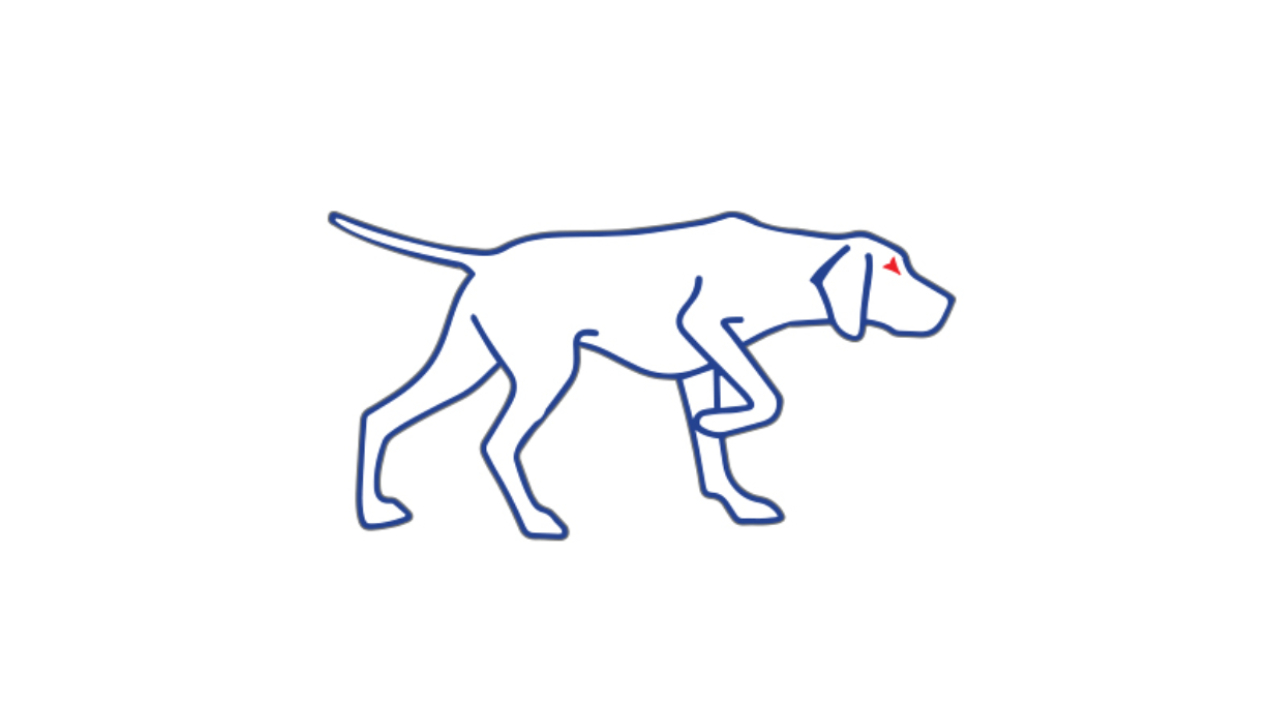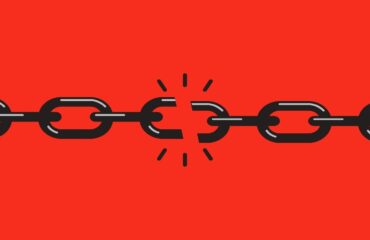Engineers at TTG International have released a research paper on “Anomaly detection and Classification in Cellular Networks” after many months of hard work. The publication is featured on Procedia Computer Science journal by Elsevier in Volume 140, 2018. You can read the paper at https://www.sciencedirect.com/science/article/pii/S1877050918320015. Below is the abstract from the paper:
Anomaly Detection (AD) is a promising new approach for quality control in e.g. operational telecommunications and data networks. In this paper we have applied Supervised Machine Learning (SML) to a set of long term observation time series from a Cellular/Wireless network. We have shown that periodically collected Key Performance Indicators (KPIs) can be analyzed by supervised ML. Generally, the network creates a new big data periodically when different KPIs from e.g. all the cells (sectors of each 2G/3G/4G/5G base station) are output to a remote Database. We have applied a single class support vector machine in the first phase to find out outliers in range based KPI values. Then LSTM RNN (Recurrent Neural Network) is used for deeper understanding of their behavior over time. Both profile based KPIs and range based KPIs are used to filter out the FP (False Positive) or FN (False Negative) anomaly candidates. In this study, we have applied a novel approach to automatically label the huge data into a supervised training set. This is possible when the meaning of major KPIs is well understood. Both a time series profile based prediction and a logical combination of acceptable value ranges (Min/Max) are used for Anomaly Filtering (AF). A Min or a Max condition is omitted in a single threshold case. AF is used both for AD and for automatic labelling of the training set for ML. Automated labelling with AF performed well also for any large dataset. The pure time series graph profile based KPIs without applicable limits were not used for labelling nor for AF. This technique gave us better results than unsupervised learning based AD. Our enhanced supervised AD decreased the number of FP anomalies from 33 to 0, while the total anomalies decreased from 35 uncertain cases to 2 TP (True Positive), 0 FN. Finally, KNN algorithm is used to classify test data sets. Our proposed method seems to solve several major problems in the field of Cellular/ Wireless, Fixed, [Packet (e.g. IP)] Data Networks as well as within related network side and user equipment. Automation in general, including medical/ any critical systems and equipment is another possible application domain. Automated labelling with AF performed well also for any large dataset.




